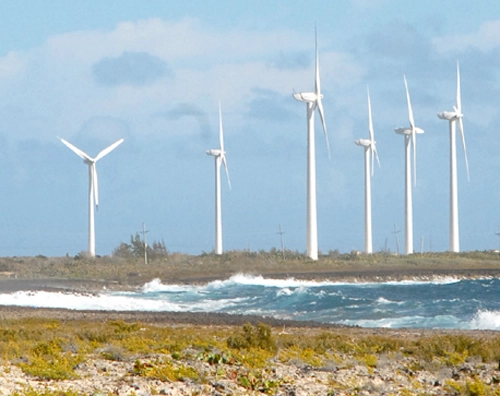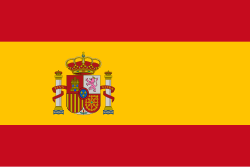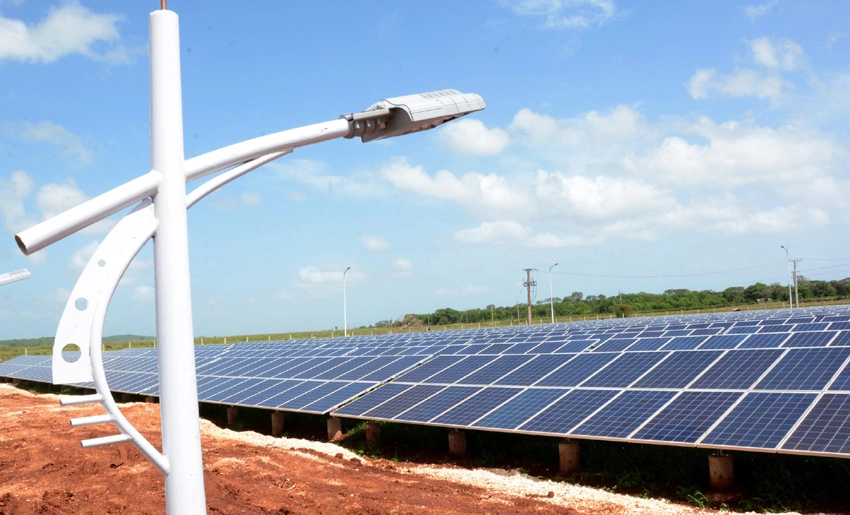In Cuba, 95 percent of electricity generation depends on fossil fuels, resources that are increasingly scarce and difficult to access due to the lack of foreign currency for their importation.
This statistic is worrisome because these resources are increasingly limited and their extraction can have a negative impact on the environment.
Moreover, the economic and financial difficulty in accessing them poses an additional challenge in terms of energy security and long-term sustainability. It is important, therefore, to explore and promote renewable energy sources as a more sustainable alternative that is less dependent on finite resources.
One of the strategies to reduce their consumption is the change of the energy matrix, whose program foresees, until 2030, to generate 24 percent by means of renewable energy sources (RES).
Its implementation not only contributes to reducing greenhouse gas emissions and dependence on fossil fuels, but also promotes technological innovation and improves the quality of life of the inhabitants of Holguin’s municipalities.
Renewable energy from Mayarí
Since October 2017, the generation of electricity from RES has ceased to be a chimera in the municipality of Mayarí, before that date there were small contributions with hydroelectric plants that lit up mountain villages or cowsheds, but the drought impacted this type of generation for much of the year.
The completion of Mayarí dam, symbol of the East-West Water transfer of this eastern region, facilitated the stable use of the waters for the generation of electricity, with significant contributions, according to Eduardo Enrique Gálvez de Fuentes, director of the Empresa de Fuentes Renovables de Energías en Holguín (EMFRE).
The small hydroelectric power plant from the municipality of Mayarí -located in the center east of Holguín province- contributes to the national electro-energy system daily about 50 megawatts (MW) derived from the use of hydraulic energy and since its start-up has generated more than 76 thousand MW to the country.
Although the total exploitation capacity is not at one hundred percent, because its 4 planned units are not yet in operation, the deliveries of “clean energy” using the water of the mentioned reservoir, are made with the 2 units which serve to save energy carriers with more than 80 thousand tons of diesel, while 86 tons of CO2 have not been expelled to the environment.
According to Gálvez de Fuentes, EMFRE’s main objective for 2024 is to finish the Mayarí left bank small hydroelectric power plant, which is 97% completed. Its completion would contribute 29 MW per day from renewable energy sources from Mayarí Dam, which should be completed this year, contributing 1.1 MW/hour.
Likewise, the change in the energy matrix is one of the links that promotes the use of renewable sources to obtain “clean energy” in key sectors for the population, such as the installation of photovoltaic sources in six water pumping units, according to statements made by Leonardo López, base business director of the Aqueduct and Sewage System in Mayarí.
In this municipality, the change of matrix will be made in the localities of Cosme Batey, Herrera, Kilo 27, Juan Vicente Loma and Seboruco, with consumer systems below 10 kilowatts (KW), a matter pending for 2023.
Mayarí is one of the territories in Holguín province with the highest electricity consumption, with figures that exceed eight thousand megawatts, most of which are used to meet the demand in the residential sector, which makes it necessary to become a reference in the use of renewable energy sources.
In this sense, the benefits of these alternatives are being used for the electrification of mountain communities in the geographic demarcation of Pinares with 27 houses located in the area of La Caridad, which benefit from the use of hydroelectric energy with the installation of a micro hydroelectric plant and photovoltaic panels that guarantee daily electricity service.
Similarly, the installation of other 40 photovoltaic panels is planned to benefit other mountain communities that are difficult to access.
Obtaining clean and reliable energy is a key objective for sustainable development, set by the United Nations. In Cuba, since 1990, strategies have been implemented to increase the use of renewable sources. That is why our country is making greater efforts in the search for environmentally friendly alternatives that, at the same time, contribute to economic savings in terms of energy carriers.
Gibara Wind Farms
Wind farm, Gibara, Holguín, Cuba

In this sense, the Gibara 1 and Gibara 2 wind farms -located in the geographic demarcation of the same name on the northeastern coast- constitute an important source of electric power generation through the use of wind.
Of the actions that are taking place to achieve optimum operation of this site, José Luis Piferrer Martínez, head of the Wind Operations and Maintenance group at the well-known Villa Blanca, said that work is being carried out on four generators.
These wind farms contribute 5,569 kw/h, which is equivalent to the substitution of 1,566 tons of fuel; last year a total of 5,569 MW/hour was generated. In addition, a very gradual advantage is that some 4,289 tons of CO2 and greenhouse gases have been avoided.
Since its inauguration in 2008, the Gibara 1 wind farm has contributed 224,974.6 MW/hour. To obtain this energy, practically no fuel is used.
Banes on the road to changing the energy matrix
The country is working on several projects aimed at changing the energy matrix as part of the sustainable development plans.
Currently in the municipality of Banes the energy generated is negligible and its consumption is territorial. However, the geographic characteristics of this jurisdictio allow the implementation of projects that transform this reality.
Caridad Pelayo Leyva, institutional communicator of the electric company in that locality, values the geographic location of the municipality as favorable for the implementation of three new wind farm projects, two of them with foreign investment and one with credit from the Indian government.
Solar energy also plays a fundamental role, so there are also projects of this type with different forms of financing -23 solar parks will be installed in the territory of Holguín.
In this way, the territory of the province will be the municipality, together with Gibara, with the highest percentage of renewable energy in the province, due to its great geographic potential and the various studies carried out that have given rise to these projects, which will position it among the first in the country to contribute renewable energy to the national energy system.
The renewable energy sources program also has 673 windmills in Holguín that contribute in part to water extraction in the livestock sector, as well as hydraulic rams, micro-hydroelectric plants and some 200 forestry biomass furnaces.
The province, like other regions of the country, is taking important steps towards energy sustainability through the implementation of projects and programs that promote the use of these types of energy, having the largest installed generation capacity in Cuba and with these new investments it will reaffirm itself as a power in the Renewable Energy Sources program.
However, the energy transformation in a context such as the current one implies overcoming challenges and obstacles that require a comprehensive and strategic approach.
- KTP Factory in Holguin Repairs Sprayers - 17 de December de 2025
- Gender Violence in Cuba: The Urgent Need to Close the Gap Between Law and Life - 17 de December de 2025
- Cuba Announces Selection of Top Athletes for 2025 - 17 de December de 2025

